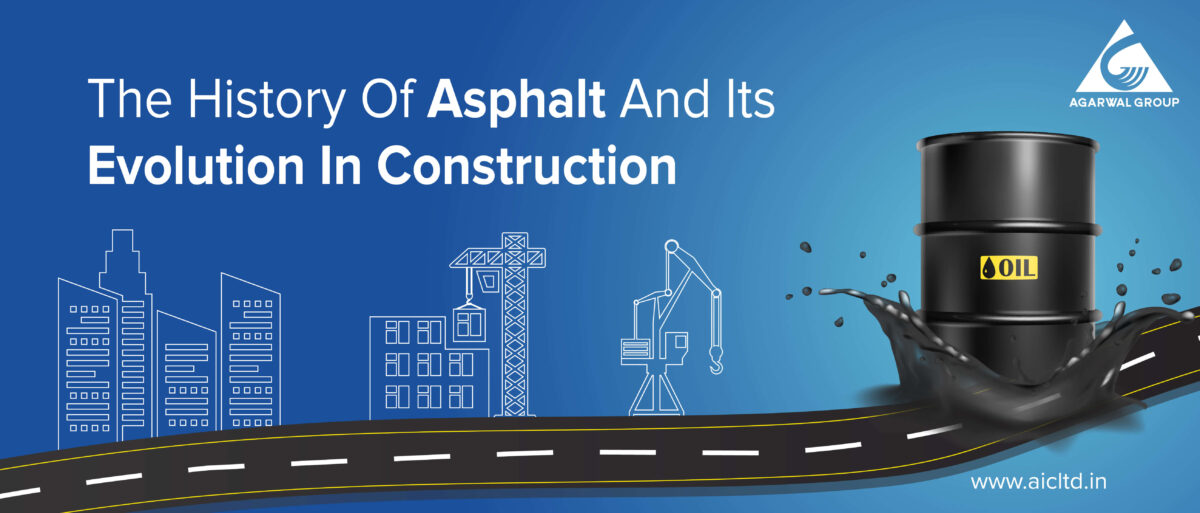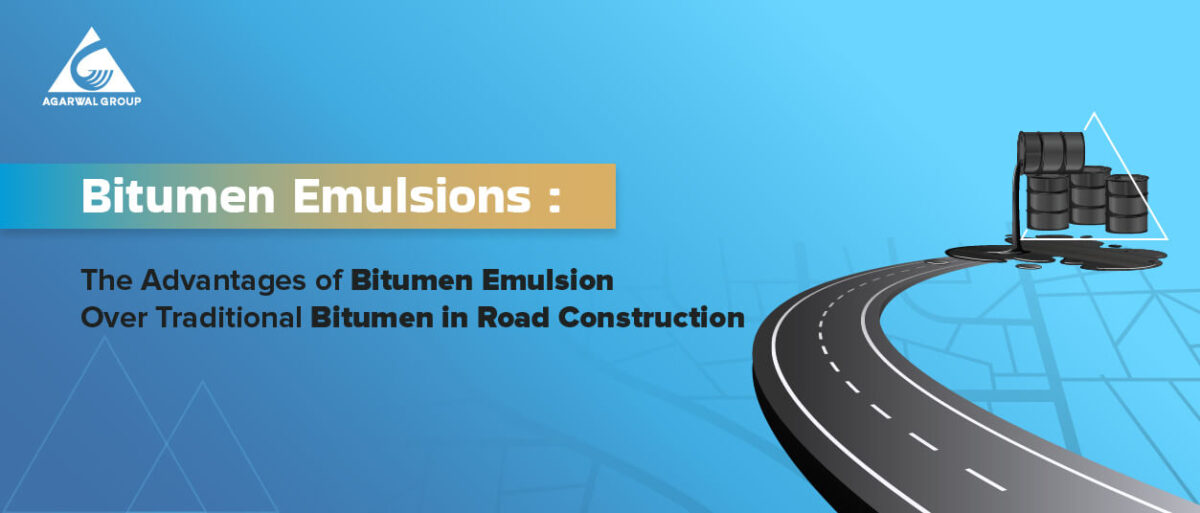Road bitumen serves as the binder that holds asphalt mixtures together, providing strength, flexibility, and resistance to environmental factors. To ensure the longevity and reliability of roads, it is imperative to subject road bitumen to rigorous quality control measures. These tests enable us to evaluate the characteristics and properties of bitumen, ensuring that it meets the required specifications and standards.
Throughout this blog, we will delve into five key tests that are commonly performed during road bitumen quality control processes.
From determining the viscosity and penetration of bitumen to assessing its softening point and elastic recovery, these tests provide valuable insights into the material’s performance and behaviour in various conditions.
Why Should Bitumen Be Tested For Performance?
To assess the performance of road bitumen accurately, it is essential to conduct several key tests as part of the quality control process. These tests play a crucial role in evaluating the material’s properties and behaviour, providing valuable insights that enable engineers to make informed decisions and ensure superior performance on the road.
- The primary objective of these tests is to determine whether the road bitumen meets the required specifications and standards for its intended application.
- By conducting these tests, engineers can gain a comprehensive understanding of the material’s characteristics and performance capabilities, allowing them to select the most appropriate bitumen grade and optimise road construction processes.
- The insights obtained from these tests contribute to various aspects of road performance. They help engineers assess factors such as durability, stability, resistance to deformation, and compatibility with different weather conditions and traffic loads. This information is vital for designing road structures that can withstand the anticipated environmental and operational challenges, ensuring long-lasting, safe, and reliable roads.
5 Quality Tests To Ensure High Bitumen Performance
Let’s explore the five crucial tests commonly performed to evaluate road bitumen:
- Viscosity Test:
Viscosity is a fundamental property of road bitumen that determines its flow characteristics at different temperatures. This test measures the resistance of bitumen to flow and provides information about its handling and workability during the construction process.
By assessing the viscosity at specific temperatures, engineers can ensure that the selected bitumen grade is suitable for the anticipated climate conditions and application methods.
- Penetration Test:
The penetration test measures the hardness and consistency of road bitumen. It determines the depth in tenths of a millimetre to which a standard needle penetrates the bitumen sample under specified conditions of time, load, and temperature.
This test helps determine the bitumen’s ability to resist deformation under traffic loads and its suitability for specific road applications.
- Softening Point Test:
The softening point test determines the temperature at which road bitumen softens under specified conditions. It provides crucial information about the thermal stability and performance of the material. By knowing the softening point, engineers can ensure that the bitumen will maintain its integrity and structural strength at the expected operating temperatures, preventing rutting or deformation on the road surface.
- Ductility Test:
The ductility test measures the bitumen’s ability to stretch without breaking or cracking. It determines the elongation properties and flexibility of the material, indicating its resistance to cracking under varying temperature and traffic conditions. This test is particularly important for regions with extreme temperature fluctuations, as it ensures the bitumen can withstand thermal stresses without compromising road integrity.
- Water Content Test:
To prevent foaming of bitumen during heating, it is crucial to minimise its water content. This is determined by mixing a known bitumen sample with a water-free petroleum distillate, heating it, and collecting and weighing the condensed water. The allowable maximum water content should not exceed 0.2% by weight.
This test ensures that bitumen remains free from excess moisture, preserving its desired properties and ensuring quality in road construction projects.
Takeaway
As the demand for robust road networks continues to grow, it is essential to prioritise the quality control of road bitumen. By implementing these tests and adhering to specified standards, we can ensure the delivery of superior road performance, cost-effectiveness, and increased longevity.
In conclusion, the quality control of road bitumen is essential for achieving high-quality infrastructure outcomes. By understanding the significance of each test and its impact on road performance, we can ensure that our road networks are built to withstand the demands of the future. Let us continue to prioritise and innovate in road bitumen quality control, paving the way for safer, more resilient, and sustainable roads for generations to come.







